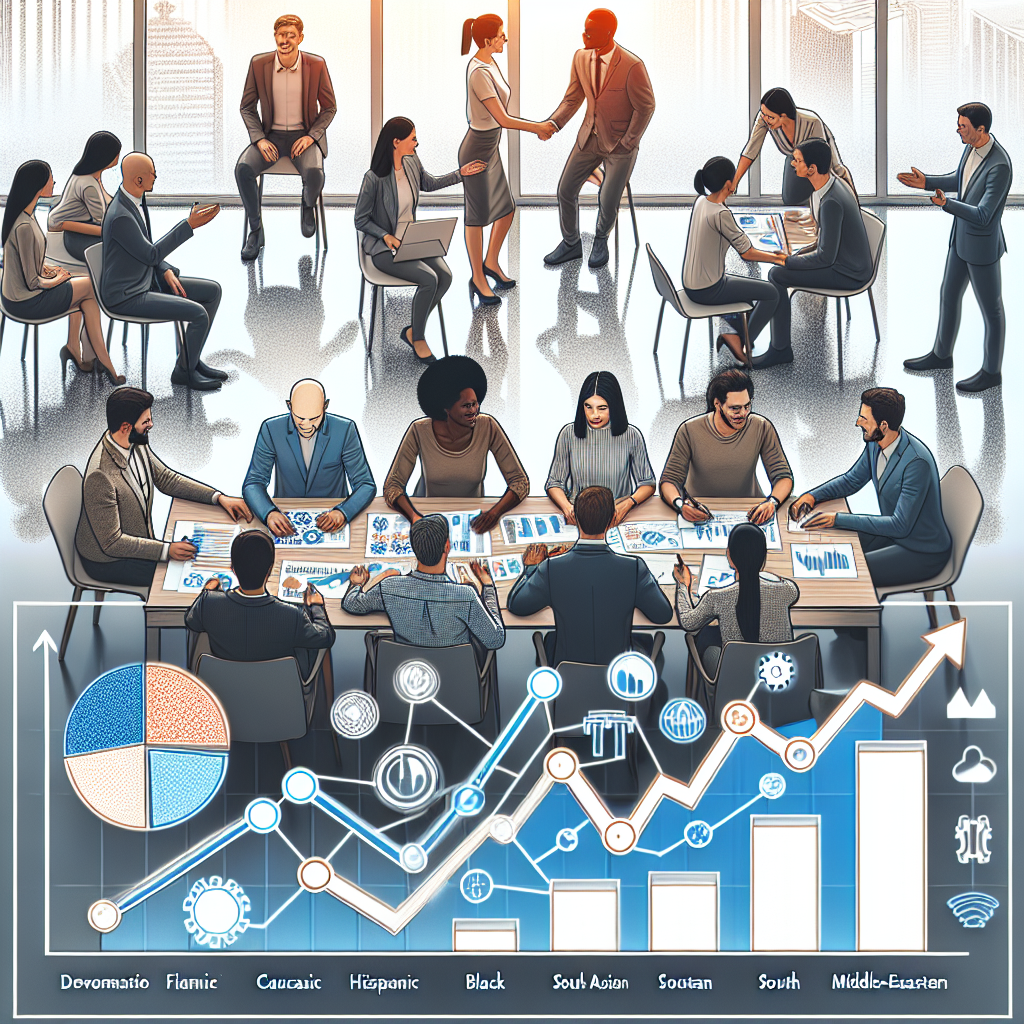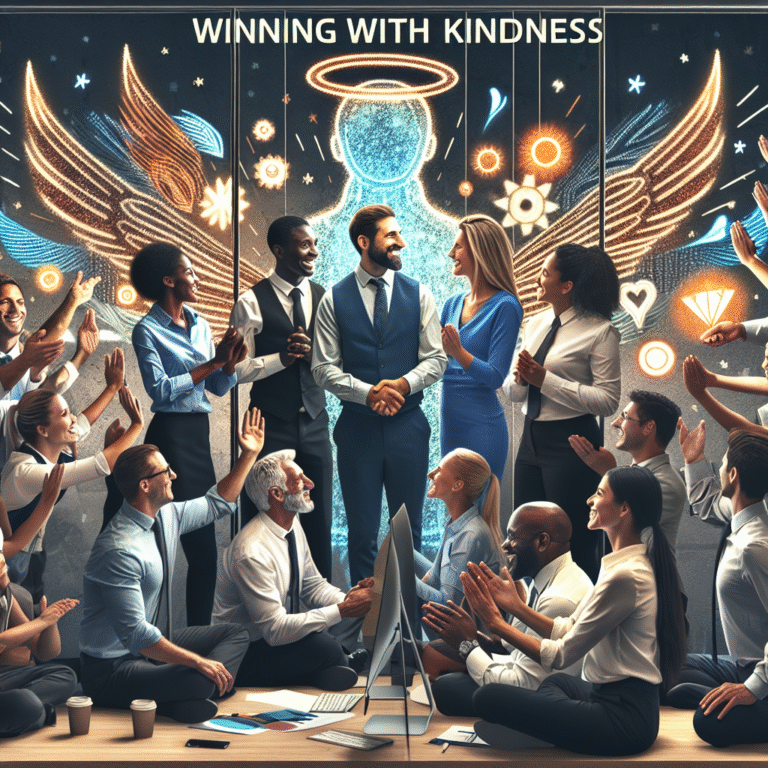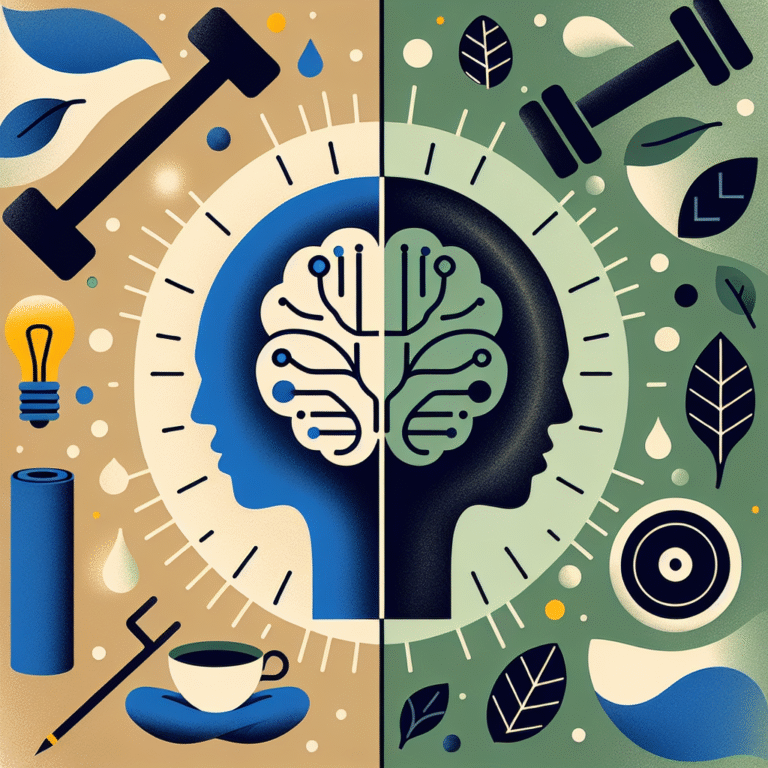
Introduction
Imagine walking into a bustling gym, the sounds of weights clanking and a sea of determined faces all around you. Suddenly, your motivation skyrockets. This isn’t merely enthusiasm; it’s a psychological phenomenon that boosts performance when in the company of others. This phenomenon is known as social facilitation. The inquiry into how and why being around others enhances our performance is a captivating one. Understanding this can help us unlock greater efficiency and success across various domains.
Social facilitation isn’t just theoretical; it plays out in restaurants, workplaces, and sporting arenas. As we navigate through this article, we’ll explore the intricate layers of social facilitation and discover how company can significantly enhance performance, both personally and professionally.
What is Social Facilitation?
The Basics
Social facilitation refers to the tendency for people to perform better on simple or well-practiced tasks when in the presence of others. Conversely, more complex tasks may suffer in performance due to the added pressure of an audience.
Historical Perspective
The roots of social facilitation go back to the 1890s. Psychologist Norman Triplett conducted one of the first empirical studies, observing that cyclists raced faster when competing against others than when riding alone. This was the dawn of understanding how social dynamics can directly impact performance.
Modern Research
Modern psychology has expanded on Triplett’s work. A study by Cottrell in the 1960s highlighted that being observed could lead to increased arousal, thus improving performance on dominant tasks. The Yerkes-Dodson Law, which suggests there’s an optimal level of arousal for performance, further explains these dynamics.
Key Concepts
Dominant vs. Non-Dominant Tasks: Social facilitation affects tasks differently based on their complexity. For instance, a experienced pianist may perform flawlessly in front of an audience, while a novice may freeze under similar scrutiny.
- Arousal Theory: This suggests that the presence of others elevates physiological arousal, which can enhance or impair performance based on task familiarity.
The Science Behind Social Facilitation
The Role of Arousal
Arousal has a dual role in social facilitation. It’s a stimulating force that inspires heightened attention and focus when performing familiar tasks. Conversely, it can lead to anxiety, particularly when navigating more complex or less familiar tasks. The balance between these two forces delineates the boundaries of effective performance under observation.
The Spectator Effect
The "spectator effect" encompasses how the presence of an audience can heighten awareness of one’s performance. In scenarios where one excels, this can lead to an impressive demonstration of skill. On the flip side, when tasks are challenging, the likelihood of increased pressure leading to failure can rise.
Case Study: The Classroom
A notable instance of social facilitation arises in educational settings. A study revealed that students’ performances in group work nearly doubled when their peers observed their contributions. The competitive drive ignited by peers transformed their individual achievements into group success, illustrating how social facilitation: when company boosts performance can be foundational in academic success.
| Group Type | Average Test Score | Observation Impact |
|---|---|---|
| Individual Work | 70% | Low |
| Watch Group Dynamics | 85% | High |
| Non-watching Peer Group | 75% | Medium |
Real-World Applications of Social Facilitation
In the Workplace
In corporate environments, social facilitation takes center stage. Team meetings and brainstorming sessions often yield more innovative ideas than solo efforts. This phenomenon encourages risk-taking and collaboration, stimulating creativity and productivity.
Case Study: The Innovative Office
One tech company implemented open office spaces to encourage collaboration. As a result, employee productivity surged by 30%. In this scenario, social facilitation was integral—employees felt more connected and motivated to share ideas when surrounded by peers.
Sports and Performance
In athletics, social facilitation can optimize performance levels. Athletes routinely experience heightened success when competing in front of a crowd. A study illustrated that runners averaged faster times when competing in larger races compared to individual time trials.
Case Study: The Marathon Event
In the 2020 Tokyo Olympics, world-class sprinters achieved personal bests amidst roaring crowds. Not only were competitors present, but the atmosphere amplified adrenaline, leading to broken records. Here, social facilitation was a tremendous advantage, showcasing how social facilitation: when company boosts performance can surpass individual limitations.
Social Settings
Even in social settings, people tend to eat less or more healthily when dining in a companionable atmosphere. Studies show participants eating in groups made healthier choices than those dining alone, demonstrating the pervasive impact of social facilitation beyond work or sports.
| Setting | Observed Eating Behavior | Outcome |
|---|---|---|
| Alone | Fast-food intake | High |
| Group | Healthier options | Lower |
| Mixed setting | Varied choices | Average |
Techniques to Harness Social Facilitation
Cultivating a Positive Atmosphere
Creating an encouraging setting can amplify social facilitation effects. This can apply in varied environments, from workplaces to community events. Here are actionable insights:
- Encourage Collaboration: Foster teamwork by organizing collaborative projects that benefit from diverse perspectives.
- Utilize Group Challenges: Encourage healthy competition through challenges that stimulate performance improvement.
- Celebrate Achievements: Acknowledging accomplishments in group settings can further motivate individuals, reinforcing the social facilitation effect.
Mindset Matters
Having the right mindset is crucial. The growth mindset—believing abilities can improve—can leverage the advantages of social facilitation. When surrounded by driven individuals, adopting this mindset enhances collective learning and performance.
Virtual Settings
With remote work increasingly common, it’s essential to apply social facilitation principles virtually. Tools like video conferencing can emulate presence and foster engagement among teams, leading to more robust output.
Conclusion
The phenomenon of social facilitation reveals an exciting landscape where individual efforts can be amplified through collective energy. Understanding social facilitation: when company boosts performance empowers us to align our environments strategically, leveraging the company of others to boost motivation and outcomes. Whether in sports, workplaces, or everyday social interactions, recognizing and employing this psychological principle can foster profound improvements.
In this connected world, the secret to tapping into our full potential might just lie in the company we keep. So, dare to surround yourself with the achievers, the motivated, and the thinkers—your performance may surprise you!
FAQs
1. What types of tasks benefit from social facilitation?
Simple or well-practiced tasks typically benefit from social facilitation. More complex or unfamiliar tasks may suffer due to performance anxiety.
2. How can teams harness the effects of social facilitation?
Encouraging collaborative projects and creating a positive, competitive environment can enhance social facilitation amongst team members.
3. What is the spectator effect?
The spectator effect refers to how the presence of an audience can heighten focus and motivation, potentially leading to improved performance.
4. Does social facilitation occur in virtual settings?
Yes, social facilitation can occur in virtual settings, especially through video calls and online collaboration tools that mimic the presence of a team.
5. How does mindset influence social facilitation?
A growth mindset, characterized by the belief that abilities can improve, fosters an environment where individuals can thrive collectively, enhancing the effects of social facilitation.
By fostering environments that capitalize on social facilitation, we can catalyze performance increases that ripple through every area of life, amplifying not just individual talent but collective genius. Let’s leverage the power of presence!
















